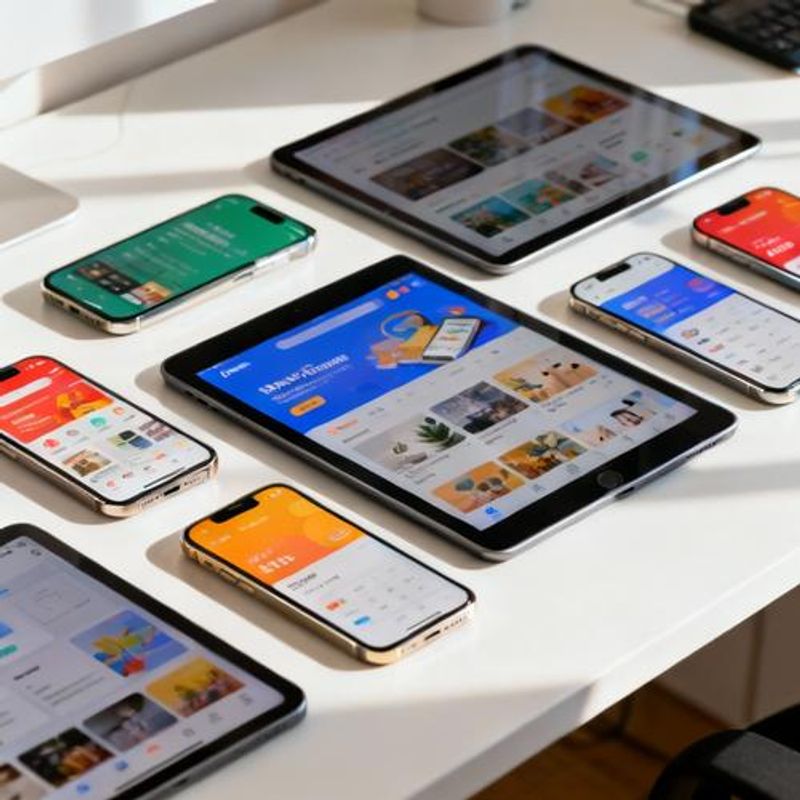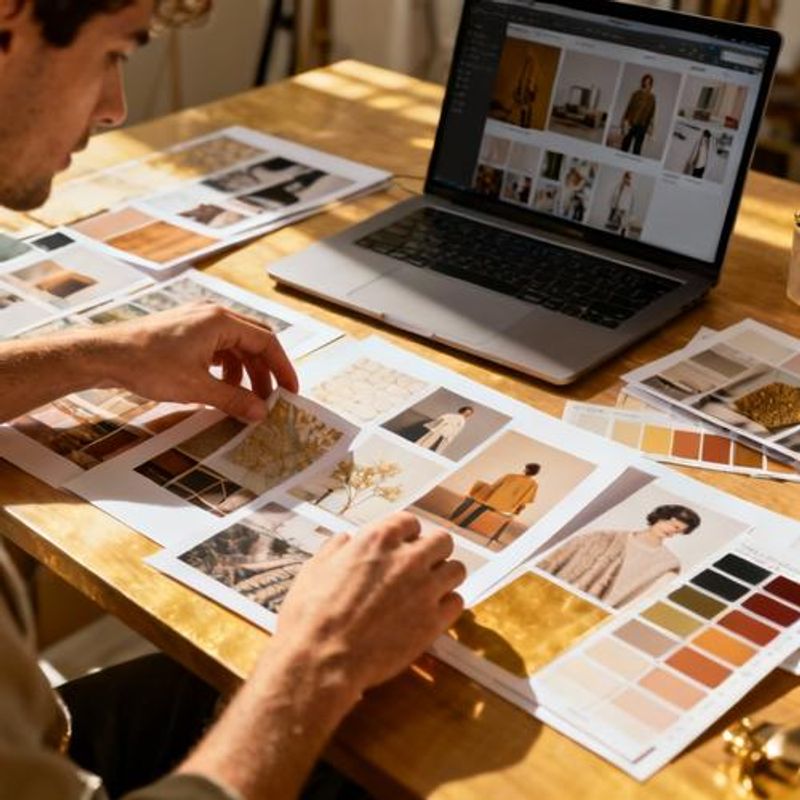Top 10 Dribbble Alternatives for UI Inspiration: Better Design Resources for Creative Professionals

Finding fresh UI inspiration shouldn't feel like scrolling through the same recycled designs on Dribbble. As a mid-level designer, you need diverse, high-quality resources that showcase real-world applications, emerging trends, and practical solutions you can actually implement. This comprehensive guide reveals 10 powerful Dribbble alternatives that will expand your creative horizons and solve your inspiration drought once and for all.

Why Dribbble Alone Isn't Enough for Modern UI Designers
While Dribbble remains a popular destination, many mid-level designers face a common frustration: the platform often showcases conceptual work that looks stunning but lacks practical application. You've likely experienced the challenge of finding designs that bridge the gap between artistic beauty and real-world usability. Additionally, Dribbble's algorithm tends to promote similar styles, creating an echo chamber that can limit your creative growth. The need for diverse inspiration sources has never been more critical as design standards evolve and user expectations become more sophisticated.
Quick Reference: Top Dribbble Alternatives at a Glance
Before diving deep into each platform, here's your speed-reading guide to the best Dribbble alternatives. Each platform serves different needs and design disciplines:
- Behance - Comprehensive portfolios with case studies and process documentation
- Mobbin - Real mobile app screenshots and user flows for practical reference
- Page Flows - Step-by-step user experience patterns from live products
- Designspiration - Cross-disciplinary creative work spanning digital and print
- Muzli - Curated design content with trending articles and fresh perspectives

Platforms for Real-World UI Examples and User Flows
Mobbin stands out as the go-to resource for actual mobile app interfaces. Unlike conceptual designs, Mobbin provides screenshots from live applications, making it invaluable when you need to understand how successful companies solve specific UX challenges. The platform categorizes screens by function—onboarding, checkout, settings—allowing you to study patterns that actually work in production. Page Flows complements this by offering complete user journey documentation, showing how individual screens connect to create seamless experiences. UI Movement focuses specifically on micro-interactions and animations, providing the missing piece when you need to understand how elements should behave. These platforms solve the common problem of bridging the gap between beautiful static designs and functional user experiences.
Portfolio-Based Platforms with Detailed Case Studies
Behance remains Adobe's flagship portfolio platform, offering something Dribbble often lacks: comprehensive project documentation. Designers typically include their research process, wireframes, iterations, and final solutions, giving you insight into the thinking behind great design decisions. DesignInspiration and Designspiration provide broader creative perspectives, including print, branding, and experimental work that can spark unexpected UI solutions. Land-book specifically curates landing page designs, offering practical inspiration for conversion-focused interfaces. When using these platforms, focus on designers whose work style aligns with your goals, and don't just save images—study the problem-solving approach and decision-making process documented in their case studies.
Curated Collections and Trend-Focused Resources
Muzli by InVision serves as your design news aggregator, combining inspiration with industry insights and emerging trends. The platform's strength lies in its editorial curation—each piece is selected for relevance and quality. Collect UI offers a more focused approach, specifically gathering web interface elements organized by component type. This makes it perfect when you need specific solutions for navigation, forms, or data visualization. Pinterest, while broader than design-specific platforms, uses sophisticated algorithms to surface relevant visual inspiration based on your boards and interests. The key is creating focused boards with descriptive names to train the algorithm for better recommendations.

Common Mistakes When Using Multiple Inspiration Sources
The biggest risk when exploring multiple platforms is developing "inspiration paralysis"—saving countless references without organizing or applying them. Create a systematic approach: tag saves by project type, color palette, or interaction style. Another common mistake is copying trendy elements without understanding their purpose or context. Always ask why a design choice was made before implementing it. Avoid platforms that promote unrealistic concepts over functional solutions—your goal is finding inspiration that enhances real user experiences, not just impressive portfolio pieces. Finally, don't neglect the importance of analyzing user feedback and metrics on the live products you're studying; beautiful designs that fail usability tests offer valuable lessons about what not to do.
Your Next Steps: Building a Diverse Inspiration Workflow
Start by selecting 3-4 platforms from this list that align with your current projects and design focus. Spend one week exploring each platform to understand its unique value proposition and community standards. Create a systematic saving and tagging approach across all platforms—consistency in your organization system will pay dividends when you're under project deadlines. Consider setting up a daily or weekly inspiration routine where you spend 15-20 minutes exploring these platforms with specific goals in mind. Remember, the best designers don't just collect inspiration—they analyze, adapt, and apply what they learn to create original solutions that serve their users' needs.